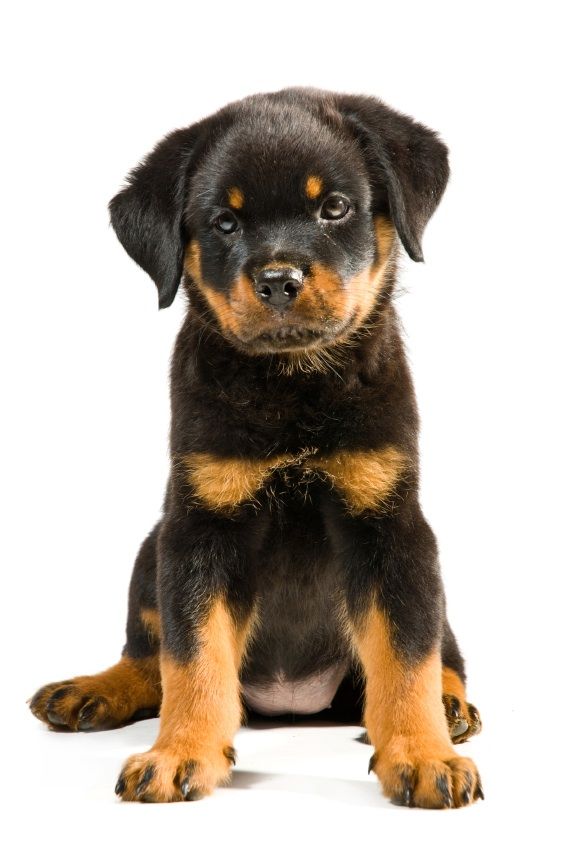Hair Loss On Dogs Face

Blood profile blood testing will allow detection of immune system conditions hormone abnormalities thyroid.
Hair loss on dogs face. Growth hormone responsive alopecia this type of hair loss in dogs is the result of a deficiency of adrenal hormones. Here are some of the most common causes of dog hair loss. Some cases of dog alopecia are hereditary while others are the result of medical treatments such as chemotherapy. Symptoms of ringworm a contagious infection of haired skin and claws includes circular or irregular hair loss inflammation and infected crusts.
Increased drinking increased frequency of urination increased appetite and weight loss. Hair loss in dogs on the body or around the face is a sign of an underlying health issue. Alopecia can affect dogs and cats of all ages breed and gender and is either gradual or acute. Hair loss in the rump and tail base area is usually flea allergy.
You should take note of hair loss and talk to your veterinarian so you can keep your dog healthy and happy. You should take note of hair loss and talk to your veterinarian so you can keep your dog healthy and happy. But for most breeds going bare or bald signals a larger problem at work. Hair loss alopecia is a common disorder in dogs which causes the animal to have partial or complete hair loss.
Along with hair loss around the ears eyes mouth and elsewhere signs your dog may have mites include oily skin thickened skin itching and inflammation. Dog hair loss can have a number of causes ranging from disease or infection to a psychiatric disorder. It can affect a dog s skin its endocrine system its lymphatic system and its immune systems. One reason dogs lose hair according to mount vernon animal hospital in mount vernon ohio is allergies.
However what s most important when dealing with alopecia as it is referred to medically is identifying the underlying cause of the hair loss in order to devise an appropriate treatment plan. Demodectic mange can cause bald spots scabbing and sores but it is not contagious between animals or people. Symmetrical hair loss could be a sign of adrenal gland disorder thyroid disorder or abnormal sex hormone levels endocrine disorders. Hair loss from the paws and face is usually environmental allergies atopy.
When dogs experience hair loss known as alopecia it could be a symptom of a medical condition or it could be hereditary. Here are five common culprits of hair loss in dogs that should be discussed with your veterinarian. A dog losing hair around the mouth or nose area should be watched closely but sometimes the cause of the hair loss isn t attributed to a serious condition. Hair loss in dogs.
Treatment depends on the type of mange. As a pet parent brush up on the basics of hair loss in dogs including. In addition to hair loss dogs with diabetes show four classic symptoms.
















































